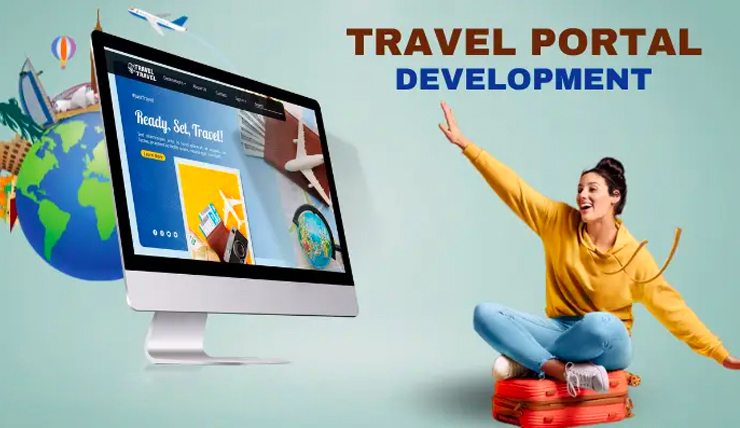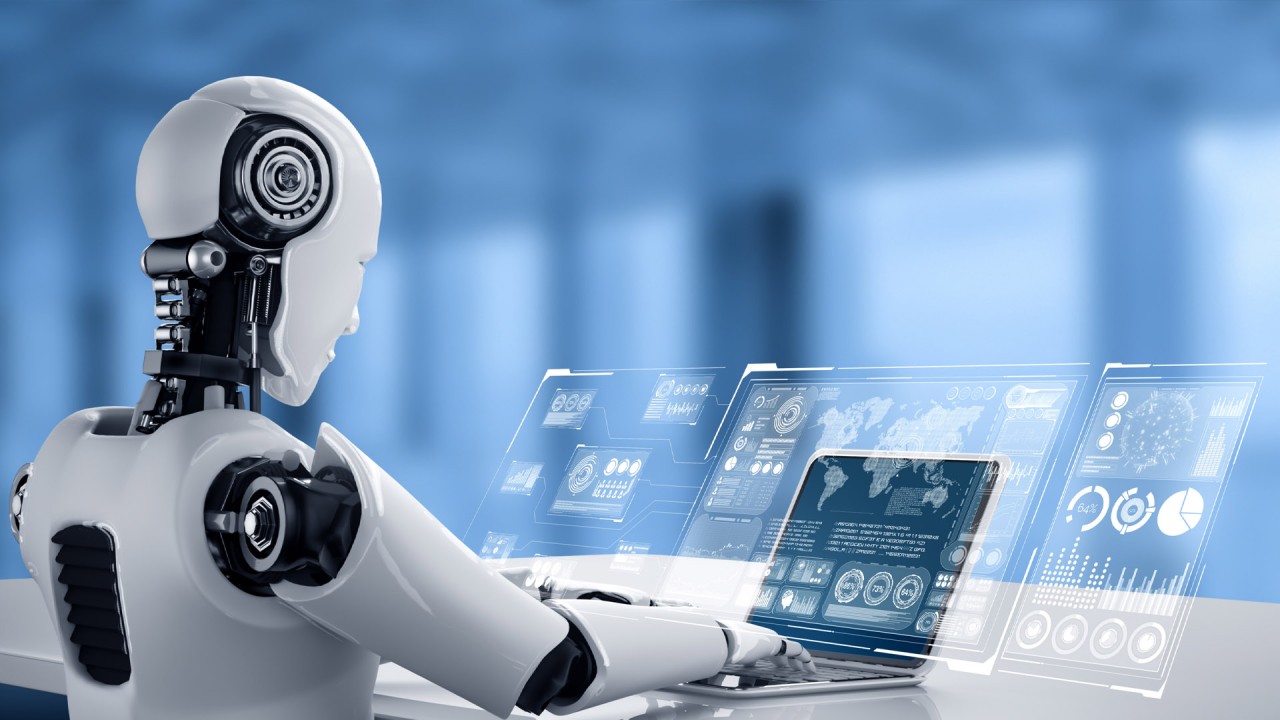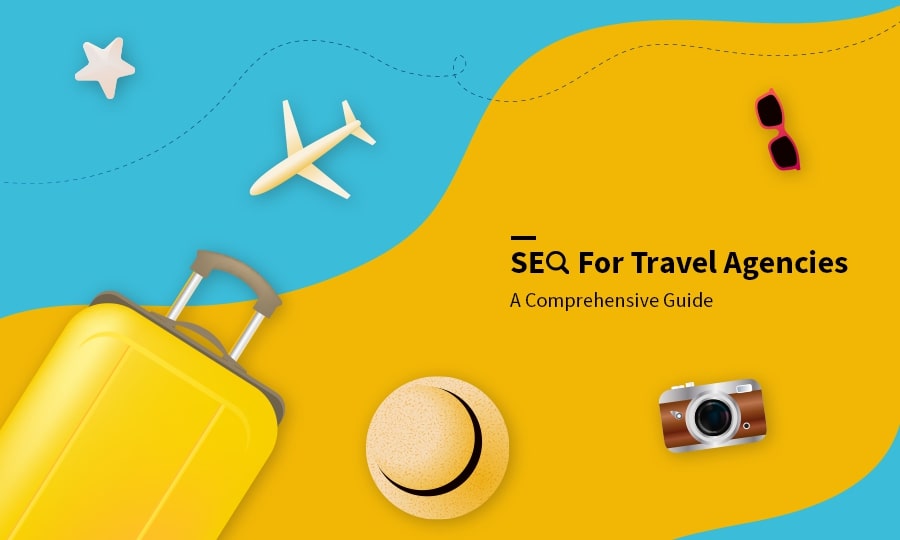
In the travel business, which changes quickly, it's not just nice to make a smooth and interesting digital experience for travellers; it's necessary. Whether you are a tour operator, travel agency, or OTA (Online Travel Agency), putting money into the travel portal design and development can make your business much more visible, keep customers coming back, and make more money.
Let's talk about what travel portal design and development are and why they are so important for your business to do well. This article talks about the main reasons why smart businesses put their travel portal at the top of their list, how it affects how people use it, and what makes a great design stand out.
What does it mean to design and build a travel portal?
Travel portal design and development is the process of making websites that let people search for, book, and manage travel services. This includes things like flights, hotels, vacation packages, car rentals, cruises, travel insurance, and more. A well-designed portal is a traveler's one-stop shop. It has real-time inventory, safe payments, support for many languages, and a design that works on different devices.
Travel portal design and development makes sure that all of its digital touchpoints, from the back-end architecture to the front-end user interface (UI), work together for the best performance and user satisfaction.
The Online Trend in the Travel Business
People plan and book their trips differently now that they have smartphones and the internet. More than 80% of people who travel do research online before making a reservation, and more than 50% prefer to use mobile apps or websites to plan their trips. Because of this change, travel portals need to be designed and built.
People who want to buy from you will just go to a competitor if your website is old or hard to use. In a market with a lot of competition, a travel portal that is easy to use, looks good, and works well can help you stand out.
First Impressions Matter
A travel portal is often the first place someone sees your brand. People make up their minds about whether to stay or go in a matter of seconds, based on how the site looks and how easy it is to use. That's why the most important things to think about when making a travel portal are how fast it loads, how good it looks, and how easy it is to use.
When you design something, you should think about the user journey. This includes how long it takes to load and where the buttons go. If people can't find what they want in less than three clicks, your portal design needs to be better.
Key Features of a Good Travel Portal
To give users a great experience, your travel portal design and development plan should include the following:
Simple design and navigation make it easy to use.
Real-Time Inventory: Prices that change and stock that is always up to date.
Secure Payment Gateway: A lot of very safe ways to pay.
For travellers all over the world, being able to use more than one language and currency is important.
Advanced search and filters make it easy for users to find what they need.
Responsive design: works well on computers, tablets, and phones.
AI and Personalisation: Smart travel plans and personalised recommendations.
Adding these things to the travel portal design and development makes it better for users and also increases conversions and customer satisfaction.
Integration and growth
When making a modern travel portal, you should think about how it can grow. As your business grows, your portal should be able to handle more traffic, more bookings, and more services. Also, you should think about how well it works with third-party APIs for flights, hotels, and things to do.
Investing in travel portal design and development is a good idea for the future because a scalable design stops bottlenecks and lowers operating costs over time.
SEO and making things work better
People should be able to easily find any online business on search engines. For a travel portal to work well, it needs to have built-in SEO features like clean code, fast page load times, mobile optimisation, and proper URL structures. A well-optimized portal will help you get more traffic from search engines and rank higher in them.
How well you do it also affects your SEO. People will leave quickly, and your site will rank poorly if the portal is slow, has broken links, or takes a long time to load. If you use best practices for technical SEO when travel portal design and development happen, it will be better than other sites.
Personalisation and AI Integration
AI is changing the way travel websites are made and designed. Artificial intelligence makes the customer experience better by giving personalised travel suggestions based on how users act and chatbots that help with bookings.
With AI-powered personalisation, your travel portal can make personalised itineraries, suggest upgrades, and remember what users like. This makes customers happier and more loyal, which shows how important it is to stay ahead of the game when it comes to travel portal design and development.
1. Works with smartphones
People who travel a lot these days need things to work on their phones and tablets. If you make a travel portal with a mobile-first design, it will work great on phones and tablets.
This includes designs that work on all devices, quick loading times, and touch gestures that make it simple to get around. The mobile performance of your portal is very important to its success because more and more people are making reservations on their phones.
2. Keeping data safe and secure
Making sure that a travel portal is safe is another important part of designing and building it. Because your portal will be handling sensitive user information like credit card numbers and travel documents, it must follow global data protection rules like GDPR and PCI-DSS.
You need SSL certificates, databases that are encrypted, and authentication that works on more than one level. You have to do them. Making sure that your travel portal is safe while it is being designed and built builds trust and keeps both your users and your business safe.
3. Information and Analysis
Data is the basis of a travel business that works well. You can keep an eye on how users act, how many people book, and how many people leave your travel portal design and development.
You can keep making your services better, optimising your campaigns, and using data to make choices that will make your portal work better.
4. Branding and Identity
Your portal is more than just a place to make reservations; it's also a part of your brand. Consistent colours, fonts, tone, and images are all parts of a brand's identity. All of these things come together in the travel portal design and development to make your brand message stronger.
Branding not only helps people remember you, but it also helps you connect with them on a deeper level. A lot of people don't think about this, but it's a key part of travel portal design and development.
Edge over rivals
It's very important to stand out in a crowded travel market. The travel portal design and development provides you an edge over your competitors by giving you better functionality, a better user interface, and advanced features that your competitors may not have.
If you keep up with the latest trends in design and technology, your business can become an industry leader. That's what happens when you spend your money wisely on the design and development of a travel portal.
Conclusion
In today's digital world, travel portal design and development is no longer an option; it's a must. It has an impact on every part of your online presence, including SEO, branding, user experience, and scalability.
When making a new travel portal or updating an old one, the most important thing to do is to focus on smart, user-centred design and development. It's the key to growth, keeping customers, and making a travel brand that will last.
When you spend money on high-quality travel portal design and development, having a nice-looking website isn't enough. It's about building a platform that helps your business reach its goals, helps your customers, and keeps up with changes in the industry.

 Start your Travel Business with Our 7 Day Free Trial Website!
Start your Travel Business with Our 7 Day Free Trial Website!





